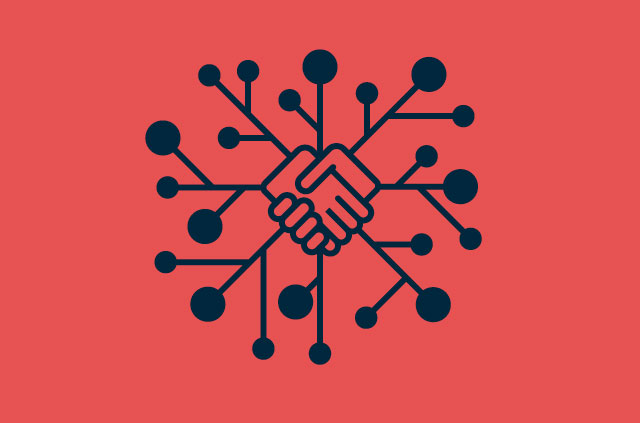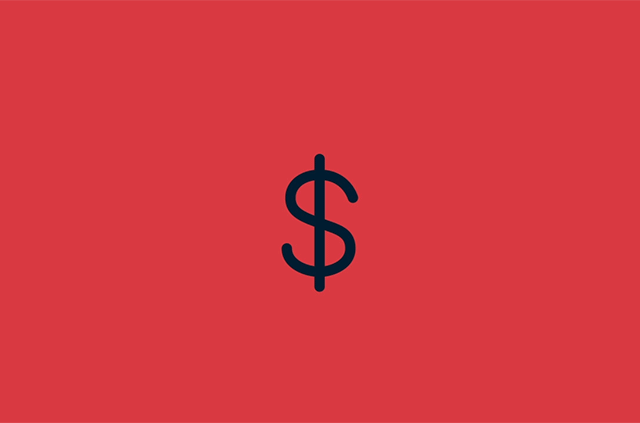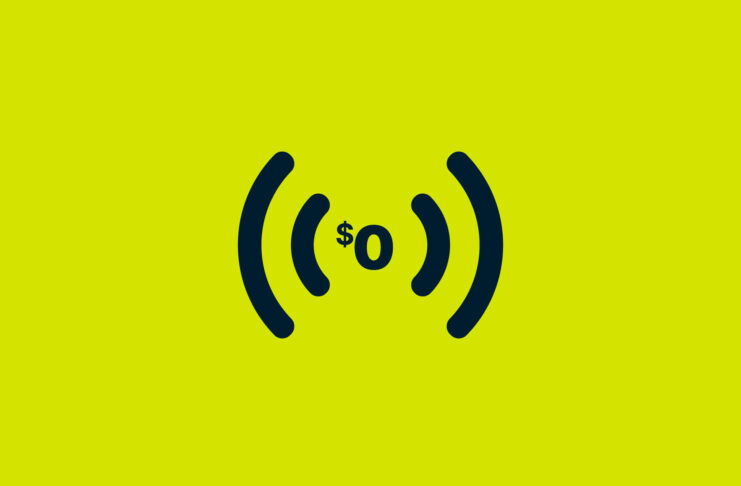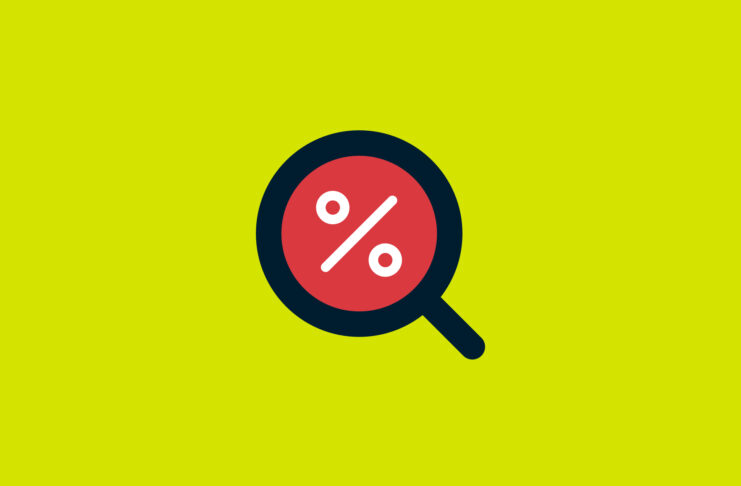If you run a website, you can opt to use a traditional web hosting service or a content delivery network (CDN). A CDN is a globally distributed network of servers that supercharges website load speeds by reducing the physical distance between users and servers.
Websites have become more immersive and interactive, which can slow downloading speeds. Meanwhile, they’re increasingly targeting global audiences. CDNs help transfer assets such as HTML pages, images, videos, and interactive elements to users all over the world far quicker than a static, standalone server would.
[Interested in how everyday technology works? Sign up for the ExpressVPN Blog Newsletter.]
Popular websites such as Netflix, Amazon, Twitter, and Facebook all rely on CDNs. Without CDNs, users would have to connect to central servers, possibly located thousands of miles away, which would cause significant traffic spikes, slower load speeds, and a higher risk of server downtime.
The first CDNs emerged about 20 years ago, with Akamai leading from the front. Since then, we’ve seen AT&T, Telstra, and Deutsche Telekom all introduce their competing versions. CDNs account for a large portion of global internet traffic today. Their share is constantly increasing with the greater proliferation of cloud computing apps, remote access tools, web streaming services, and the like.
How do CDNs work?
A CDN is an interconnected network of servers that share a common goal to deliver content—such as software downloads, OS updates, data records, cloud-based services, and 4K video streaming—quickly, cheaply, efficiently, and securely. When they work together, the servers in a CDN reduce the time it takes to load a web page on your device.
A CDN will store cached versions of your website content in several different locations around the world. Also known as points of presence (PoP), these servers each handle user requests based on proximity, thereby reducing costs and transit times to provide faster data delivery. The caveat is that it’s the second person and onwards who will benefit from improved speed, as the CDN will cache what the first person loads.
Benefits of using a CDN
Website performance has a proportionate impact on brand perception, sales, engagement, and user experience. It only takes users 50 milliseconds to develop a first impression about your site, so if it loads excruciatingly slowly, expect a negative outlook.
Other benefits of CDNs include:
- Reduced bandwidth costs. CDNs are programmed to optimize the amount of data that must pass through the origin server. By caching large amounts of it, they can drastically reduce hosting costs. This is especially useful for large internet companies and content providers that might process terabytes of data every day.
- Improving website uptime. Without CDNs, website administrators must rely on a sprinkling of in-house servers to cater to users across the world. This means they’re more susceptible to Distributed Denial of Service (DDoS) attacks. By spreading out server loads, CDNs help withstand hardware failure and cyberattacks.
- Boost data security. CDN servers help maintain website security and authentication by issuing fresh TLS/SSL certificates to ensure high standards of encryption.
Security risks of CDNs
CDNs have obvious benefits such as boosting page load times and enhancing our internet experience, but their centralization means security breaches could have devastating consequences. If a cyberattack were to take a CDN offline, it would affect all the internet traffic that depends on the CDN for optimized delivery. A simulated exercise against CDNs, replicating a possible forwarding loop attack, resulted in the simultaneous failure of 16 networks.
While CDNs aren’t perfect, they’re still the preferred tool for online businesses wanting to provide a better user experience. Choose a reputable CDN provider and check its security credentials to keep your site safe.



























Comments
#{ 7 * 7 }
{{7*7}}d
ddd